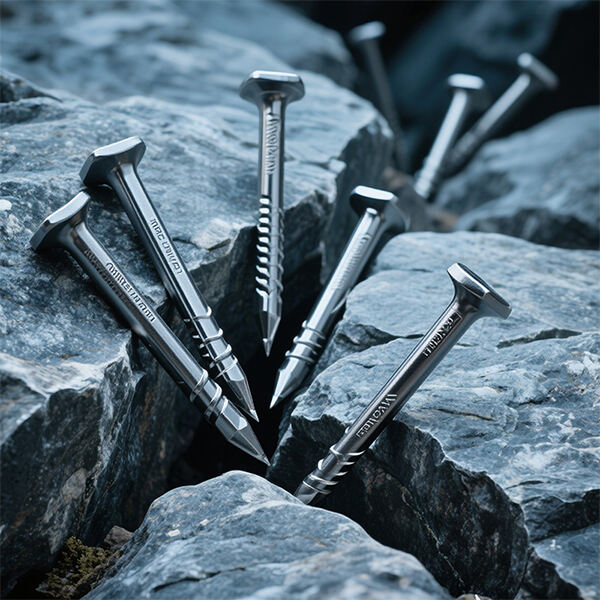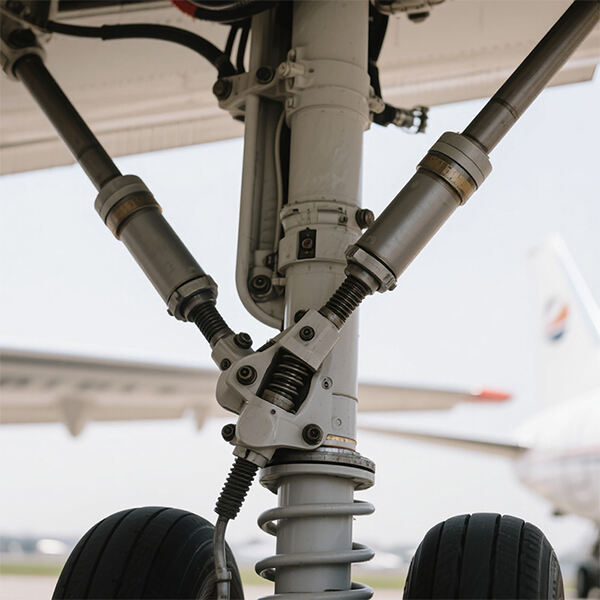Σε βιομηχανικά σενάρια όπου απαιτείται αντοχή σε υψηλή πίεση, η φέρουσα ικανότητα ενός υλικού αποτελεί συχνά τον βασικό προσδιοριστικό παράγοντα για την ασφάλεια του εξοπλισμού – από δομικά εξαρτήματα αεροσκαφών που πετούν σε μεγάλο ύψος μέχρι πιεστικούς φλοιούς εξοπλισμού εξερεύνησης σε μεγάλα βάθη, τα υλικά που μπορούν να παραμένουν σταθερά υπό ακραία φορτία έχουν αποτελέσει πάντα προτεραιότητα για τους μηχανικούς. Ο κράματος αλουμινίου 7075 αποτελεί το «πρότυπο αντοχής» σε τέτοια περιβάλλοντα υψηλής πίεσης.
Η πιο σημαντική χαρακτηριστική ιδιότητας του κράματος αλουμινίου 7075 είναι η εξαιρετική του εφελκυστική αντοχή. Ως κράμα αλουμινίου υψηλής αντοχής με ψευδάργυρο ως κύριο στοιχείο κραματοποίησης, μετά τη θερμική κατεργασία Τ6, η εφελκυστική του αντοχή μπορεί να φτάσει τα 503MPa, ενώ η διαρροή του φτάνει τα 434MPa. Αυτό σημαίνει ότι κάθε τετραγωνικό εκατοστό του υλικού μπορεί να αντέξει πίεση μεγαλύτερη από 5 τόνους χωρίς πλαστική παραμόρφωση. Αυτή η κλίμακα αντοχής δεν ξεπερνάει μόνο εκείνη των συνηθισμένων κραμάτων αλουμινίου (όπως το 6061-T6 με εφελκυστική αντοχή περίπου 310MPa), αλλά πλησιάζει ακόμη και την αντοχή ορισμένων ελαφρών χαλύβδινων κραμάτων, διατηρώντας μόλις το 1/3 του βάρους του χάλυβα.
Η εξαιρετική αντοχή σε φορτίο προκύπτει από τη μοναδική της σχεδίαση σπαγιού και τη διαδικασία θερμικής επεξεργασίας. Το ψευδάργυρος, σε συνδυασμό με μαγνήσιο και χαλκό, σχηματίζει φάσεις σύνθετης ενίσχυσης. Μετά την επεξεργασία διαλυτοποίησης και την ταχεία ψύξη, η τεχνητή γήρανση επιτρέπει σε αυτές τις φάσεις ενίσχυσης να καθιζάνουν ομοιόμορφα, σαν να ενσωματώνονται αμέτρητοι μικροσκοπικοί «ακαμψοι κόμβοι» στην αλουμινένια μήτρα, δημιουργώντας έτσι μια μικροδομή ανθεκτική σε παραμόρφωση. Όταν εφαρμόζονται εξωτερικά φορτία, αυτοί οι κόμβοι μπορούν να διαχέουν αποτελεσματικά την τάση, αποτρέποντας το υλικό από το να σπάσει εξαιτίας υπερβολικής τοπικής τάσης.
Στις πρακτικές εφαρμογές, τα χαρακτηριστικά υψηλής αντοχής του κράματος αλουμινίου 7075 το καθιστούν ιδανική επιλογή για σενάρια ακραίων φορτίων:
Στην αεροναυπηγική, εξαρτήματα όπως οι δοκοί των φτερών και οι ράβδοι των εμβόλων του προσγειωτικού συστήματος πρέπει να αντέχουν σε δυνάμεις κρούσης που μπορεί να φτάνουν τα διπλάσια του βάρους του αεροσκάφους κατά την απογείωση και την προσγείωση. Τα εξαρτήματα κατασκευασμένα από κράμα αλουμινίου 7075 μπορούν να διατηρήσουν τη δομική τους ακεραιότητα για δεκάδες χιλιάδες κύκλους απογείωσης και προσγείωσης, με διάρκεια ζωής 3-5 φορές μεγαλύτερη από τα συμβατικά κράματα αλουμινίου, μειώνοντας έτσι τον κίνδυνο βλαβών εν πτήσει.
Σε εξοπλισμό υψηλού επιπέδου για αναρρίχηση, όπως σφυριά πάγου και ορειβασικοί κοχλίες, οι οποίοι πρέπει να αντέχουν στη στιγμιαία κρούση που προκαλείται από πτώση ανθρώπου σε υπομηδενικές θερμοκρασίες, η αντοχή τους σε θραύση είναι πάνω από 40% μεγαλύτερη σε σχέση με τα συμβατικά κράματα αλουμινίου.
Σε βιομηχανικά εργαλειοθήκες, όπως σε πλάκες μεγάλων μητρών χύτευσης υπό πίεση, οι οποίες υφίστανται χιλιάδες τόνους δύναμης σύσφιξης κατά το κλείσιμο της μήτρας, η δυσκαμψία του κράματος αλουμινίου 7075 εξασφαλίζει τη μακροχρόνια σταθερότητα των διαστάσεων της κοιλότητας της μήτρας, μειώνοντας τις αποκλίσεις στο μέγεθος των προϊόντων.
Σε σύγκριση με άλλα ελαφριά κράματα αλουμινίου υψηλής αντοχής, το 7075 παρουσιάζει πιο εστιασμένη αντοχή. Ενώ το κράμα αλουμινίου 2024 διαθέτει καλύτερη αντοχή σε κόπωση, η συνολική του αντοχή είναι μικρότερη. Το κράμα αλουμινίου 6061 είναι πιο εύκολο στην επεξεργασία, αλλά δεν μπορεί να ανταγωνιστεί το 7075 ως προς τη φερουσα ικανότητα. Επομένως, σε περιπτώσεις που απαιτείται "υπερυψηλή αντοχή + ελαφρύτητα + δομική σταθερότητα", το κράμα αλουμινίου 7075 είναι συχνά η βέλτιστη λύση.
Για βιομηχανικές επιχειρήσεις που πρέπει να ανταποκριθούν σε υψηλές πιέσεις και σε περιβάλλοντα ακραίων φορτίων, τα χαρακτηριστικά υψηλής αντοχής του κράματος αλουμινίου 7075 βελτιώνουν την αξιοπιστία του εξοπλισμού, ενώ ταυτόχρονα μειώνουν το συνολικό κόστος, καθώς επεκτείνουν τη διάρκεια ζωής και ελαφρύνουν το βάρος. Αυτός είναι ο βασικός λόγος για τη σημαντική θέση του στην παραγωγή υψηλής ποιότητας.


 Τελευταία Νέα
Τελευταία Νέα2025-12-16
2025-12-15
2025-12-10
2025-12-04
2025-12-02
2025-11-13